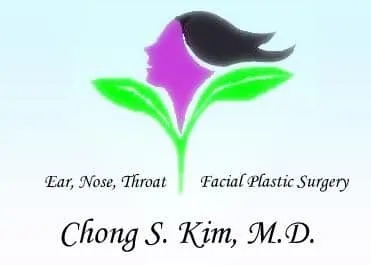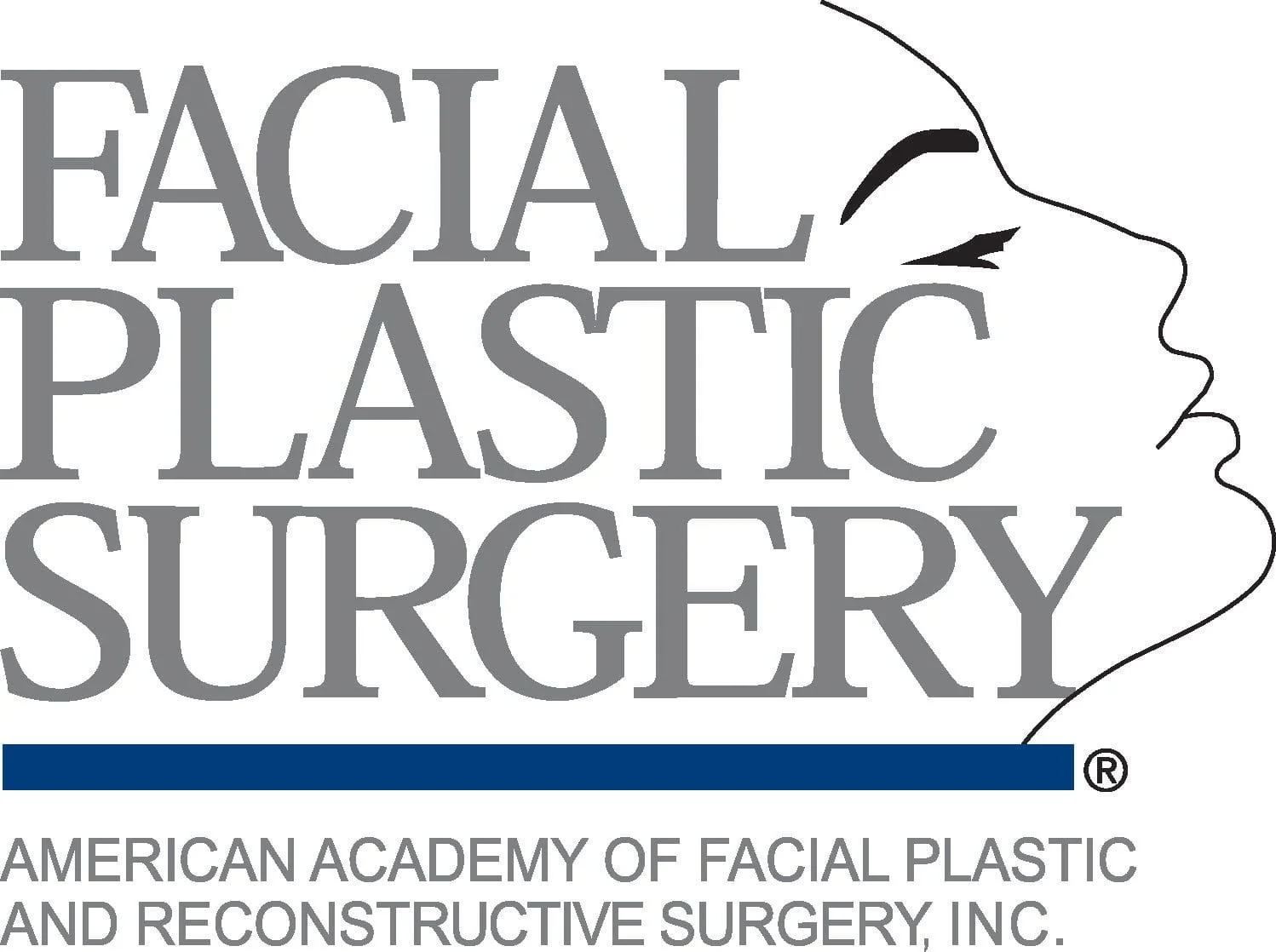Obstructive sleep apnea (OSA) is created by narrowing of the breathing passageway anywhere between the nose and the larynx, and is characterized by either a complete cessation or reduction in airflow. This creates fragmented sleep pattern resulting in daytime fatigue and other medical problems. OSA is important to identify and treat as this condition is potentially life-threatening. The diagnosis is based upon a sleep study which is performed overnight as an outpatient at a sleep lab. Once the diagnosis is made, treatment must be instituted as soon as possible.
Treatments for OSA include weight reduction (may need stomach bypass surgery), CPAP device, tracheostomy, dental appliance, and surgery. In my practice, I always have my patients try CPAP device as an initial step as it is a very effective treatment modality. Not everyone can tolerate CPAP device for one reason or another. Some of the reasons for not tolerating CPAP include claustrophobia, nasal congestion, and lifestyle. If the patient does not tolerate CPAP, we would explore other options including throat surgery.
In terms of surgical intervention, it is important to remember that patients with moderate to severe OSA usually have narrowing at multiple segments of the upper airway. When considering surgery, identifying the site of obstruction is critical. For this reason, techniques such as the Mueller maneuver or cephalometric analysis may be useful in deciding the most appropriate surgery or combination of surgeries.
Office-based procedures (laser-assisted uvulopalatoplasty, Somnoplasty, and cautery-assisted palatal stiffening operation) are generally reserved for patients with primary snoring or mild OSA. Most patients with significant OSA require at least a formal uvulopalatopharyngoplasty (UPPP). Although the surgical response of an isolated UPPP for OSA is quoted to be about 33%, the response to surgery can be nearly double when it is combined with tongue-base techniques. Therefore, multilevel pharyngeal surgery (consisting of a UPPP, hyoid suspension, and tongue advancement) is generally offered to patients with a respiratory disturbance index of more than 20.
Hyoid suspension surgery is designed to enlarge the lower aspect of the throat. This is achieved by advancing the hyoid bone anteriorly and inferiorly over the thyroid cartilage. This applies tension to the epiglottic ligament, enlarging the hypopharynx. The risks of the procedure are neck scarring, infection, hematoma, aspiration, and swallowing difficulty. Rarely, this procedure has to be reversed if the patient's symptoms are intolerable.
Tongue advancement is accomplished through an incision inside of the lip by making a rectangular cut on the chin bone. When this rectangular segment of the mandible is advanced, the tongue itself will be advanced because the tongue attached on the backside of the chin bone. This results in the enlargement of the airway behind the tongue allowing one to breathe better. The risks of the surgery include infection, dental injury, numbness of teeth, wound dehiscence, transient swallowing difficulty, and rarely change in speech. If need be-which happens rarely- this procedure can be reversed.
Uvulopalatopharyngoplasty is an operation designed to the reduced the size of the palate and the uvula. Tonsillectomy is performed if it has not been done previously. The success rate with this procedure alone is variable depending upon the severity of obstructive sleep apnea and the level of obstruction. The expectation for snoring improvement may be > 80 percent. The most competent common complications include bleeding, infection, and temporary airway obstruction due to postoperative swelling. Occasionally patients with severe obstruction or added risk to obesity may require a temporary tracheostomy. Other complications include nasal regurgitation, a hypernasal voice, and scarring of the nasopharynx.
Post - operative instructions:
- Stay reasonably quiet for five days. Avoid vigorous coughing or clearing of the throat
- Your must stay away from NSAIDS, Aspirin, Motrin, or Advil for 14 days after surgery.
-
Objectionable odors from the mouth are to be expected. Mouth may be rinsed with warm
salt or soda solution. Avoid gargles. - Mild ear pain, especially at night or when swallowing, is common. Expect more pain the 4th, 5th, or 6th days after surgery.
- Diet as follows:
a. Abundant water.
b. Liquids (milk, soft drinks, warm tea, broth, Kool pops, Ice Popsicles, etc.) and soft foods (ice cream, sherbert, cooked cereals, jello, pudding, custard, apple sauce, mashed potatoes, milk, toast, etc.) for 10 days.
c. Then gradually return to full diet adding meats and solid foods slowly.
d. AVOID hot or highly seasoned foods and citrus fruit juices for 10 days.
6. Report the following: persistent bleeding, moderate to high fever; 101 degrees or above, and bad cough.
7. Report to office for inspection of throat in 14 days. Please make office appointment.



